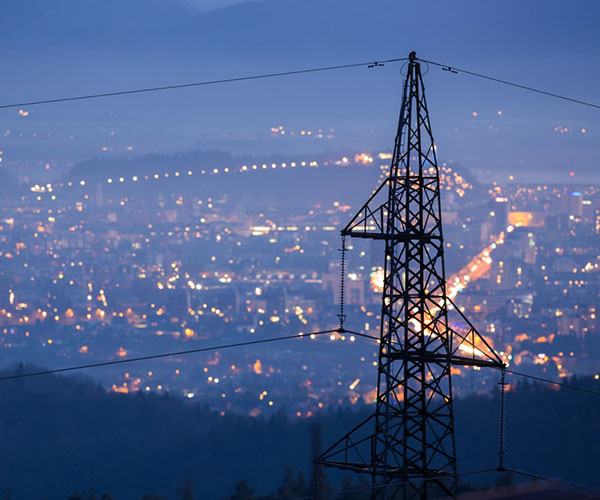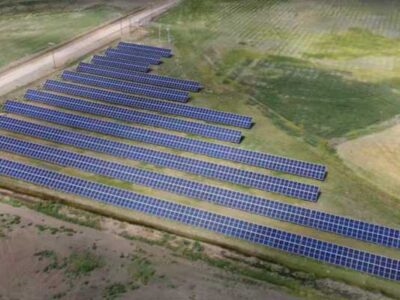- Artificial intelligence is booming, but its hunger for power could overwhelm the U.S. electrical grid within the next decade.
- Data centers are consuming electricity at unprecedented rates, rivaling entire nations, while coal plants retire faster than renewable energy can fill the gap.
- Can the grid keep up with AI's insatiable appetite for energy?
The rapid growth of artificial intelligence (AI) is driving a surge in power consumption, particularly from data centers, which could strain the U.S. electric grid by 2030. As data centers multiply and their energy needs increase, there’s growing concern about the grid’s ability to keep up.
This challenge is intensified by the retirement of coal-fired power plants, which will leave a gap in energy supply as the U.S. transitions to renewable energy.
AI and Data Center Energy Consumption
U.S. data centers could consume as much electricity by 2030 as some industrialized nations. A Mizuho Securities report predicts AI-driven data centers will need up to 400 terawatt hours (TWh) of electricity annually, rivalling the total power output of the United Kingdom in 2022.

A supercomputer is a computer with a high level of performance compared to a general-purpose computer. The performance of a supercomputer is commonly measured in floating-point operations per second (FLOPS) instead of million instructions per second (MIPS). (Data Center Knowledge)
The sheer growth in the number and size of these centers is accelerating, placing enormous pressure on utilities to provide the necessary power.
PJM Interconnection, the largest grid operator in the U.S., has raised alarms about grid reliability as coal plants close faster than renewable sources can come online. Virginia, home to the largest data center market globally, faces particularly severe energy constraints.
Challenges in the Energy Transition
Though critical for cutting emissions, the shift from coal to renewable energy has created supply bottlenecks. PJM forecasts that 40 gigawatts (GW) of power capacity, about 21% of its total, will retire by 2030. Yet renewable projects are coming online too slowly to fill this void.
Despite having 290 GW of projects waiting for grid connection, only a fraction will likely be completed in time.
Renewable energy delays further drive up prices, with auction prices for new power capacity soaring over 800% in some areas due to rising demand and limited supply.
Some data centers are using direct connections with large energy sources, such as nuclear plants, to bypass grid constraints.
In a notable deal, Amazon Web Services purchased a data center campus that will be powered directly by the Susquehanna nuclear plant in Pennsylvania. This move could signal a trend, but it has raised concerns about further limiting grid capacity for other sectors.
Perspective: Urgent Infrastructure Investment Needed
The growing demand for electricity from data centers, paired with the ongoing retirement of coal plants, poses a significant challenge to U.S. power infrastructure. Industry leaders are calling for urgent investment in grid upgrades, which could cost hundreds of billions of dollars. Without swift action, both the tech sector and the broader economy risk being left in the dark.
Meeting AI-driven demand will require innovative solutions, faster deployment of renewable energy, and substantial investments in the nation’s power grid. The stakes are high, and the clock is ticking.
This article is adapted from a CNBC article written by Spencer Kimball, titled “AI demand could strain electrical grid in coming decade,” published on August 28th, 2024.













Comments